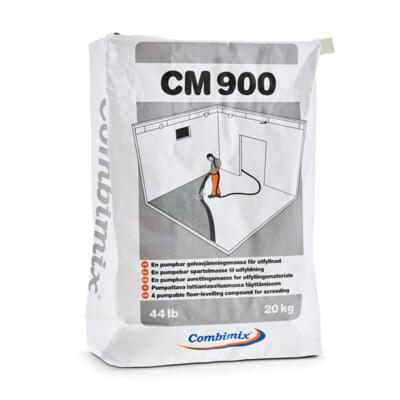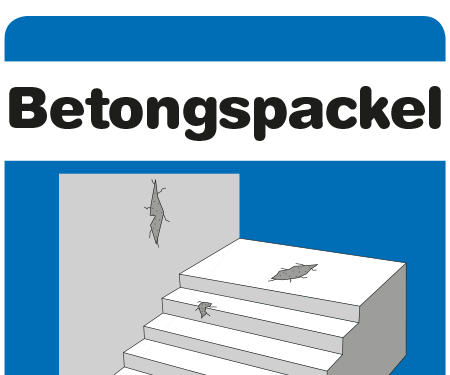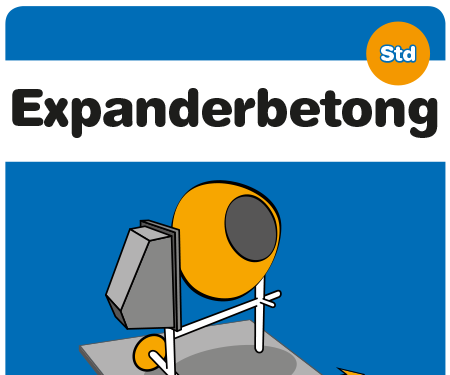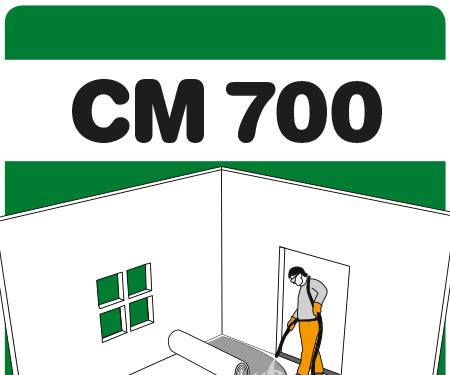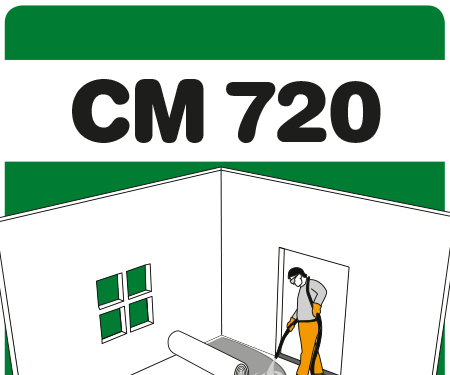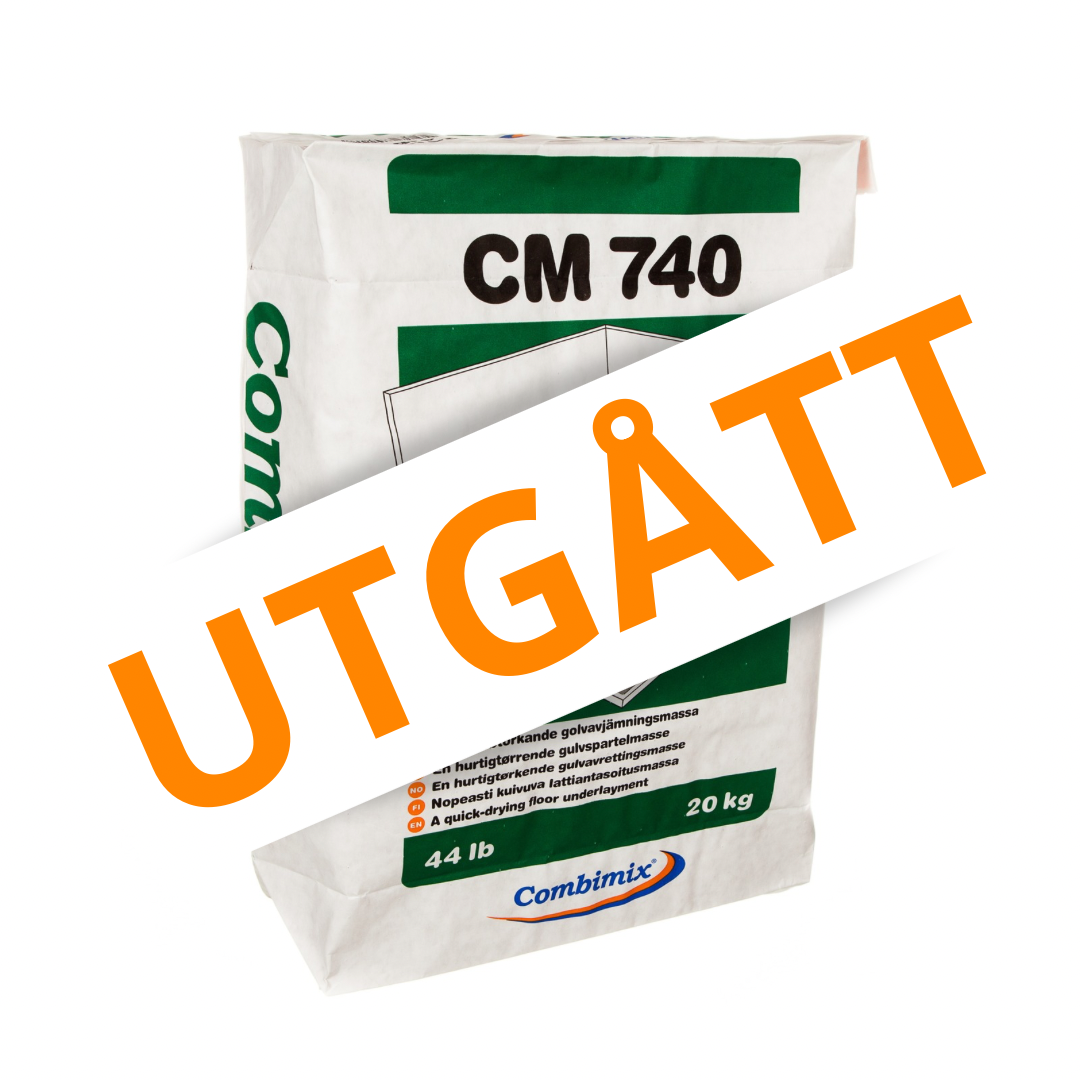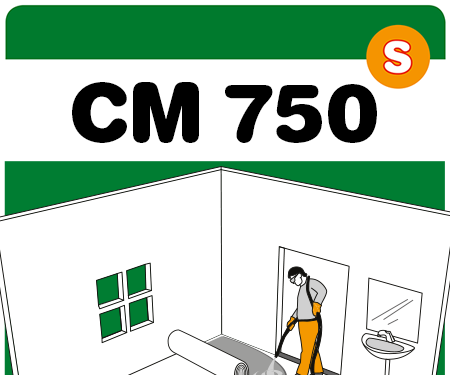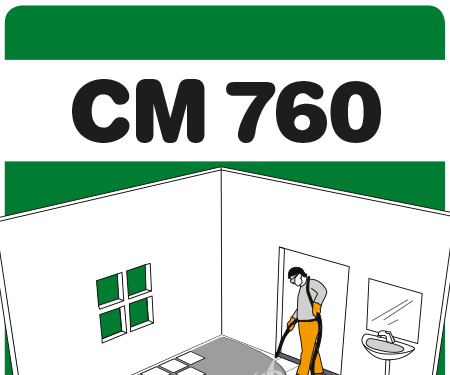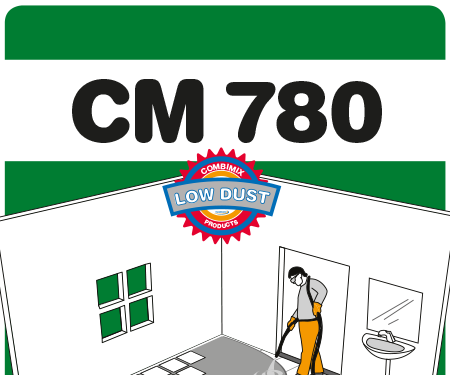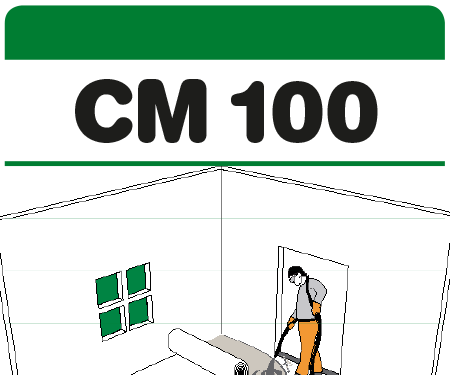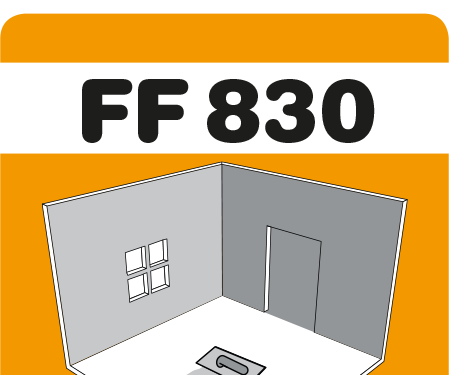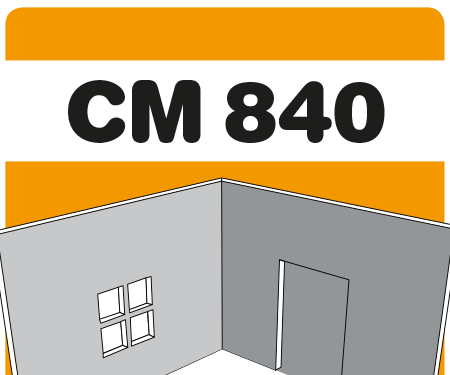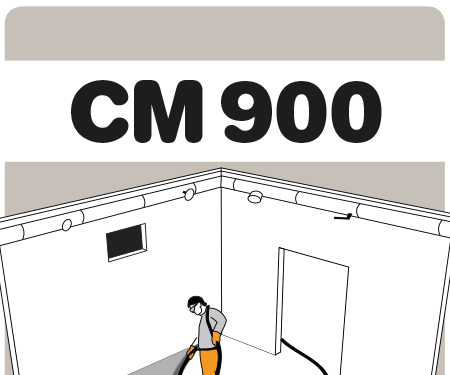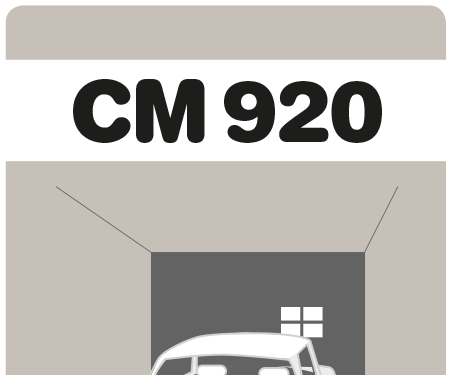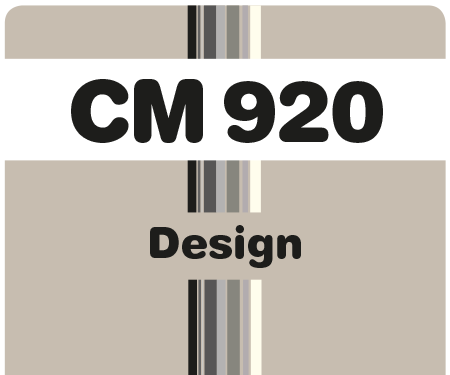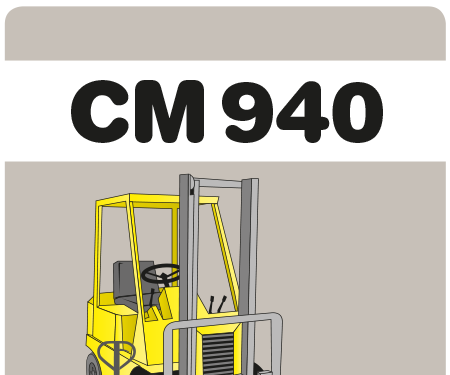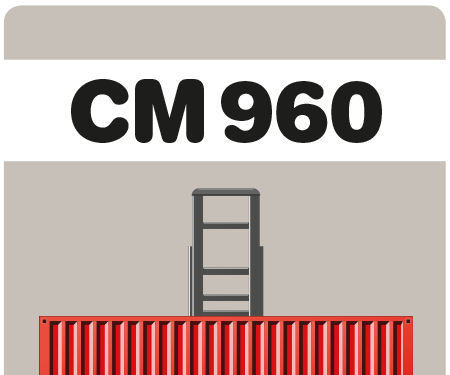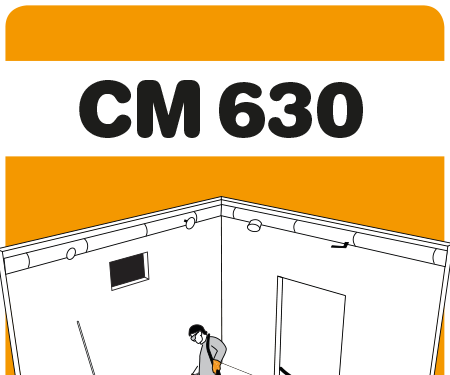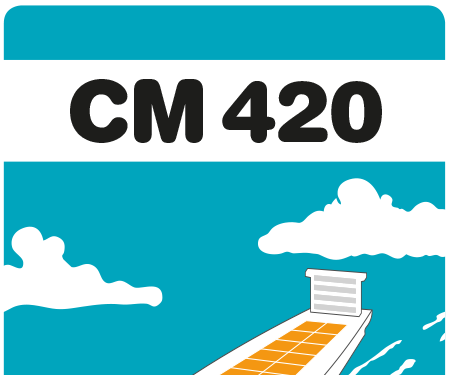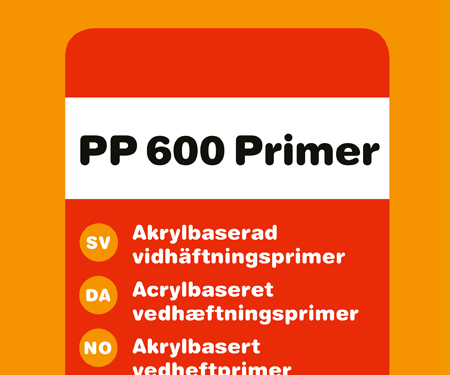Release of corrsive substances |
CT (as per EN 13813) |
|---|---|
Compressive strength class |
C25 (as per EN 13813) |
Compressive strength average |
35 MPa (as per EN 13813) |
Flexural strength class |
F5 (as per EN 13813) |
Flexural strength average |
7 MPa (as per EN 13813) |
Fire resistance class |
A1fl (as per EN 13813) |
Adhesion to surface |
B1.5 (as per EN 13813) |
Thickness 1 |
5–100 mm |
Grain size |
< 2 mm |
Material consumption |
1.7 kg/m²/mm |
Weight (dry state) |
1700 kg/m³ |
Water requirements |
3,4 l/20 kg |
Flow rate |
max 125 mm |
Workplace temperature |
10–25 °C |
Mixing time |
3 min |
Working time |
15–25 min |
Final set |
1–3 hrs |
pH |
approx. 11 |
Water damage resistant |
yes |
Surface Tensile Bond Strength, 28 days (sanded, loaded surface) |
> 1.5 MPa |
Shrinkage |
0.03–0.05 % |
CM 900 Industrial Base
CM 900 Industrial Base is a pumpable self-levelling underlayment.
The product is intended for indoor use on substrates of concrete. CM 900 is used as a build-up and sublayer to CM 920, CM 920 Design, CM 940 or CM 960.
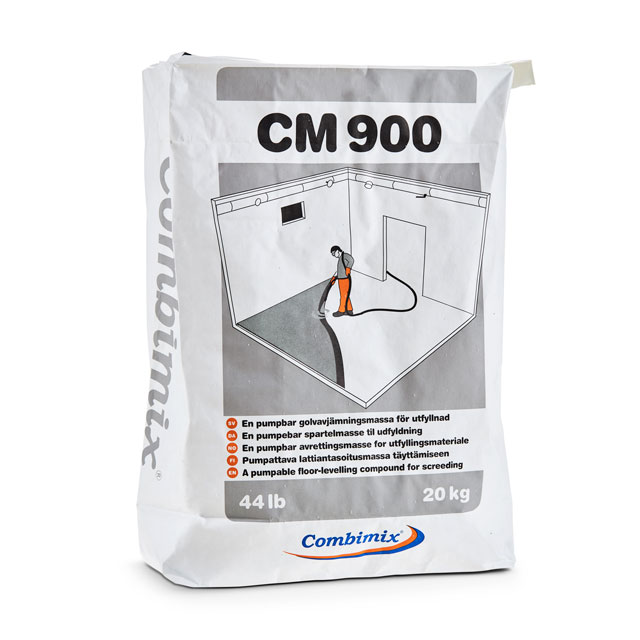
Send all files
Download all files
Product specification
Technical data add_circle
remove_circle
Packaging add_circle
remove_circle
90005 |
20 kg |
|---|
Use
Pre-treatment add_circle
remove_circle
The substrate should be clean and free of dust, cement skin, grease and other impurities that can prevent adhesion. Adhesion and surface resistance of the substrate should be no less than 1.5 MPa. Always prime the underlying substrate with PP 600 and allow to dry before pouring. In terms of the primer forming a film and the curing of the self-leveling, the temperature of the substrate must not fall below 10 °C. For best results, the ambient temperature in the work area should be between 10 and 25 °C. At higher or lower temperatures, the time for curing will shorten or extend. With the risk for cracks due to shrinkage or settings in the subfloor, a concrete surface should not be leveled within the first 28 days after casting. As a recommendation the RH in the concrete should have reached RH 95 % as the upper limit for pouring the CM 900. Use the Combimix form foam for edging. In order to avoid drainage pipes from getting clogged, always make sure that the drains are properly sealed before pouring.
Mixing add_circle
remove_circle
Mix the dry powder with max 3.4 liters of water (max 17 %) per 20 kg bag. Mix with a drilling machine and a whisk, or a mixing pump intended for this purpose. The correct water mixture can be tested using a slump test with a cylinder with Ø 30 mm and a height of 50 mm on a 300 x 300 mm plexiglas plate. With the correct water mixture, the spread should be max 125 mm. The slump test also checks that the material is well blended and that there is no separation.
Application add_circle
remove_circle
The mixed material is applied by hand, or pumped out onto the substrate in lengths. Each new ribbon is added to the old one as soon as possible so that the material can blend together and create an even surface. The width of the ribbons can be adjusted to the capacity of the mixing pump and the thickness of the covering. The material requires a light treatment with a toothed trowel to provide maximum smoothness.
Post-treatment and curing add_circle
remove_circle
You can easily shape or cut the semi-hardened self-leveling underlayment material before it fully dries. CM 900 shall always be coated with a toplayer of CM 920, CM 920 Design, CM 940 or CM 960. The product shall not be coated with epoxy or PU directly. Newly produced surfaces must be protected against wind, sun and rain.
Consumption calculator
